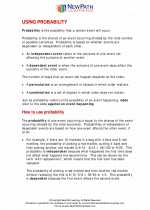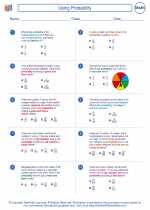Honeycomb Pattern
The honeycomb pattern is a pattern of hexagons that resembles the shape of a honeycomb. It is a repeating pattern that is commonly found in nature, especially in beehives where bees build their honeycombs. This pattern is also commonly used in design, architecture, and mathematics due to its efficiency and symmetry.
Characteristics of Honeycomb Pattern:
- Hexagonal Shape: The honeycomb pattern is characterized by the hexagonal shape of the cells.
- Efficiency: The hexagonal shape allows for the most efficient use of space and material, making it a common choice in structural design and packaging.
- Repeating Structure: The pattern consists of repeating hexagonal units that fit together seamlessly.
- Nature's Efficiency: Bees use this pattern to store honey and raise their young due to its efficient use of space and strength.
Mathematical Concepts:
In mathematics, the honeycomb pattern is closely related to tessellations, which are arrangements of shapes that completely cover a surface without any overlaps or gaps. The hexagonal tessellation is a specific type of tessellation that forms the honeycomb pattern.
Study Guide:
If you want to learn more about the honeycomb pattern, here are some key concepts to explore:
- Explore the properties of hexagons and their relationship to the honeycomb pattern.
- Investigate the use of honeycomb patterns in architecture and design, and how it contributes to structural strength and efficiency.
- Study tessellations and their role in creating the honeycomb pattern.
- Research the applications of honeycomb patterns in nature, such as beehives, and their significance in biology and ecology.
- Practice creating your own honeycomb patterns using geometric shapes and understanding the rules of tessellation.
By understanding the mathematical and practical applications of the honeycomb pattern, you can appreciate its beauty and efficiency in various fields.
[Honeycomb Pattern] Related Worksheets and Study Guides:
.◂Math Worksheets and Study Guides Seventh Grade. Using Probability

 Worksheet/Answer key
Worksheet/Answer key
 Worksheet/Answer key
Worksheet/Answer key
 Worksheet/Answer key
Worksheet/Answer key
